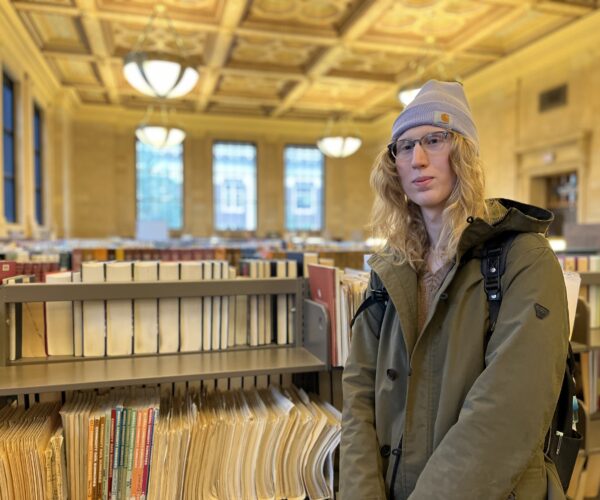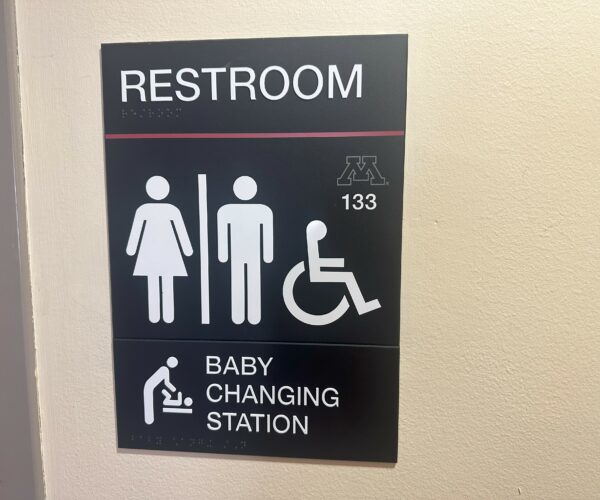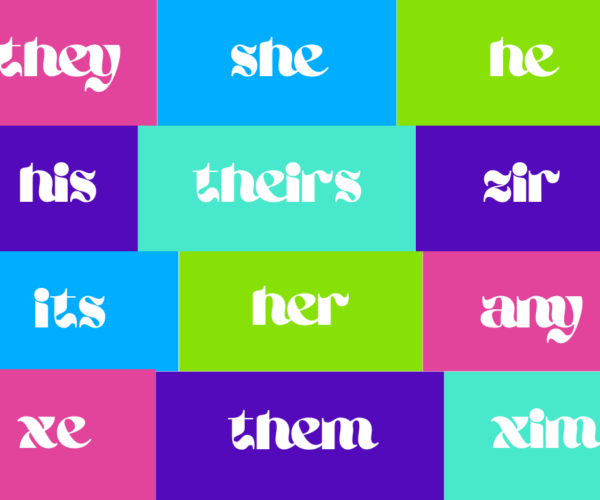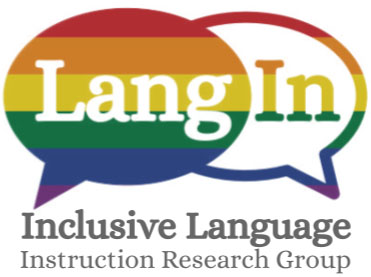By Andrew Kicmol
Graduate students in the Spanish and Portuguese studies and the curriculum and instruction departments at the University of Minnesota have joined forces to research how to teach these languages in a less gendered, more inclusive way.
The result is LangIn, an inclusive language instruction student organization started last year with support from instructors.
Yoko Hama, a graduate student in the Spanish and Portuguese department and one of LangIn’s members, said the organization has been focusing mostly on Spanish.
“Spanish has traditionally been very binary. You would have to be like amiga or amigo, masculine or feminine,” Hama said.
Inclusive options are growing
It’s becoming more common for Spanish in Argentina to be less gendered, according to Hama.
“Queer communities and feminist communities have thought about it, now they use ‘e’ ending, not ‘a’ or ‘o’ for non-binary students, or it could even be used for the plural form to refer to a group of students,” Hama said.
In Spanish, it’s grammatically correct to match up gender with people, objects and numbers, Hama said. Inanimate objects are still gender- and number-matched, but the change is focused on gender grammar applied to people.
Fernando Gonzalez Lesniak, a curriculum and instruction graduate student and another LangIn member, said masculine is the default gender in Spanish. If there is a group of people mixed with male and female, the grammatical usage is to use the male plural version.
When Lesniak taught Spanish at the high school and middle school levels, he said he gave students the gender-neutral option “e” ending for people and their modifiers instead of the traditional “a” or “o” ending.
An example from LangIn is “ella es una alumna simpática” or “él es un alumno simpático” for “he/she is a nice student” in Spanish. “Elle es une alumne simpátique” translates to “they are a nice student” and is the gender-neutral option.
When it comes to learning the rest of the language, it’s still taught with gender defaults of objects and numbers. “Una silla” translates to “a chair” and is still gendered traditionally as female because of the “a” ending of “una.”
“Because every article would have to change, every additive that you used to describe a person that identifies them would have to change,” Lesniak said. “It’s difficult enough to have two genders and having to introduce a third gender will be too difficult, especially if there’s no curriculum out there.”
Resistance to change still exists
While gender-neutral language is becoming more common in Spanish, there is still pushback, Lesniak said.
In Spain, the Royal Spanish Academy makes the official rules for how Spanish is spoken and written, and it doesn’t recognize gender-neutral language in Spanish like the “e” ending.
The official rules can also be a comfort for some native speakers.
“At the end, all of these people who are against it are the people who are not affected by it,” Lesniak said. “We’re not trying to change it. We’re just trying to speak out for these people. We’re in academia. We can actually influence or support this fight with what we do.”
Tips for teachers
As a new organization, LangIn is working on qualitative research to build up research and to offer resources for language instruction. Eventually, the group hopes to extend their work to French or Italian, Lesniak said.
For their research, Hama and Lesniak are interviewing Spanish and Portuguese instructors, looking at Spanish-speaking communities online and going to different language conferences. LangIn will be presenting their research at a lunch event at the University on April 14.
LangIn has created inclusivity tips for instructors in the Department of Spanish and Portuguese Studies to help students feel included in language classes.
Tips include specific examples in different languages of gender-neutral words applied to people and putting out a private survey on the first day of class that asks about pronouns and preferred names, so instructors can know from the start how to address students.
Lesniak said in a few months LangIn will hopefully have more resources like curriculum for gender-neutral language, as well as reviews of TV shows or movies that use gender-neutral language.
“Language is the way we communicate mainly,” Hama said. “If you are not reflected in that medium, then you don’t feel represented.”




